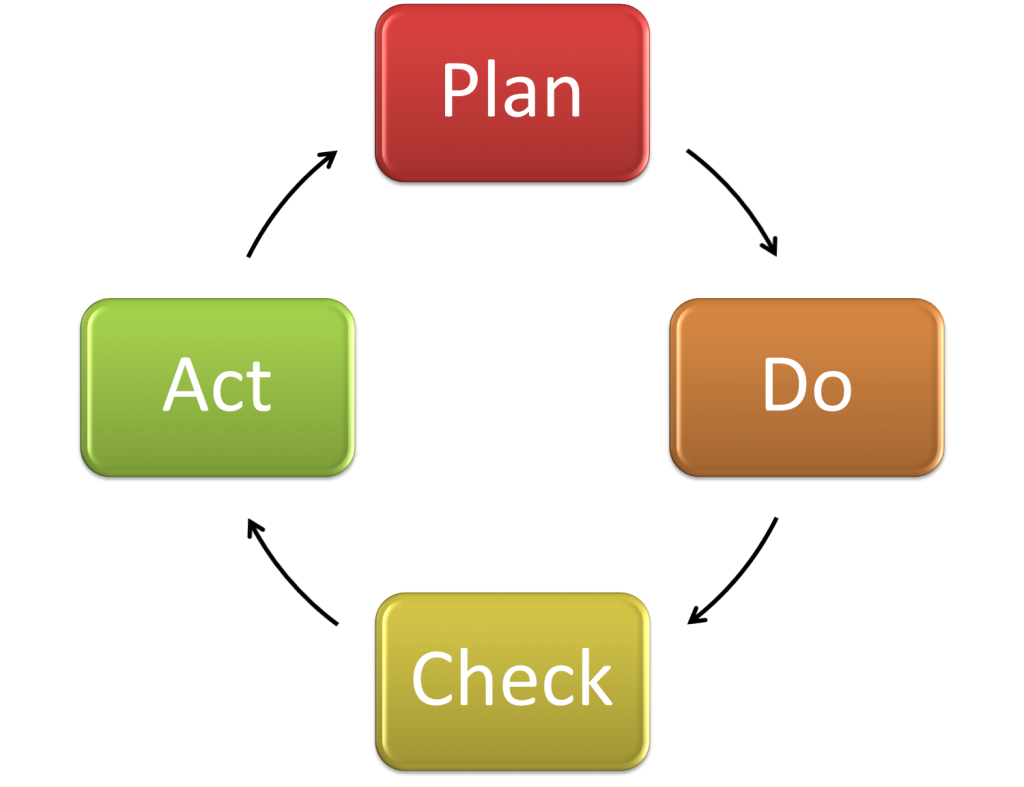In the new PMBOK Guide, a few processes changed names to use the word “monitor” instead of “control” in the name of the process, like Monitor Risks instead of Control Risks.
Why the change and is this logical?
PMI Views
The view of the PMI volunteers working on the sixth edition of the PMBOK Guide is that for certain things, like risks, team, stakeholders, and communications, the PM and PMT cannot control – they monitor. In other words,
- The PM does not control the team, the PM monitors the team,
- PM does not control risks, PM monitor risks,
- PM does control communications, PM monitor communications,
- etc.
On the surface, this change makes sense; especially in a “politically correct” environment but we think it is silly, with all due respect, and the change is taking things out of context and in direct contradiction with the intent of monitoring and controlling process group.
What is the intent of the monitoring and controlling process group?
We understand that the process groups are not a direct derivative of the PDCA Cycle but the PDCA influence and concept is in everything we do in business or life, whether we are frying eggs, driving a car, or building a nuclear power plant.
A refresher, the PDCA, as represented in the image here is mostly about:

- Plan: Plan is for planning the work, or as in the PMI world, planning process group,
- Do: Do is for doing the work, in accordance with the plan; or executing process group,
- Check: Check is to monitor the execution of the work (doing) to ensure that the team is working in accordance with the plan; monitoring and controlling process group, and
- Act: if the work results (from doing) is deviating from the plan; there is a deviation, variance, error in the work, which we discover due to monitoring (checking) then we must act (take corrective action), which is a control action in the PMBOK Guide and ISO 21500.
In other words, Monitoring and Controlling Process Group is (1) to monitor performance (work results) and (2) take actions (defect repair, corrective or preventive action, re-planning) if necessary. The Act – Actions we take is to help the team control the project and ensure the successful completion of the project and delivering a workable product to help realize benefits. This is the core purpose of Monitoring and Controlling.
Does the change make sense?
In our view, the change in the process names from replacing the word control with the word monitor does not make sense to us.
We, human, are controlled by emotions, psychology, directly or subliminally. We have learned in life, and in PM, and from ISO and PMI (among others) that monitoring is about monitoring something – as in watching – to determine variances and deviations.
In other words, monitoring is PASSIVE.
Proper project management requires as to be ACTIVE; or a better word, PROACTIVE. When I deliver workshops or work with clients, I always emphasize that one of the key principles in project management is being PROACTIVE.
Control is about active actions – not passive monitoring. Control is a vital element of project governance.
Back to the change in the names.
Let us ask a few questions here:
- If while monitoring communication (or the team, stakeholders engagement, or risks) the PM discovers that something is not working well, what can the PM do?
- Does the PM only report on what she discovers during the monitoring actions? OR
- Will the PM take corrective actions to adjust, repair, fix, the situation? Is not this control actions?
One might debates, who cares about words? Well, we are not dealing with a casual chat between two people here, we are talking about a standard —- AND —- a conscious decision to change the terminology.
If we accept the logic behind the change, then why not monitor schedule and cost? Does the PM truly control the cost of materials we buy in the market or control the schedule (time) of work progress?
In the end, organizations can use whatever terminology they like – as long as they explain the terms. Therefore, I end my post with a question to PMI and the volunteers working on the guide:
Do the processes using the term “Monitor” instead of “Control” include control actions to prevent a problem or correct a situation or trigger a change?
What do you think?
[contact-form][contact-field label=”Name” type=”name” required=”true” /][contact-field label=”Email” type=”email” required=”true” /][contact-field label=”Website” type=”url” /][contact-field label=”Message” type=”textarea” /][/contact-form]
